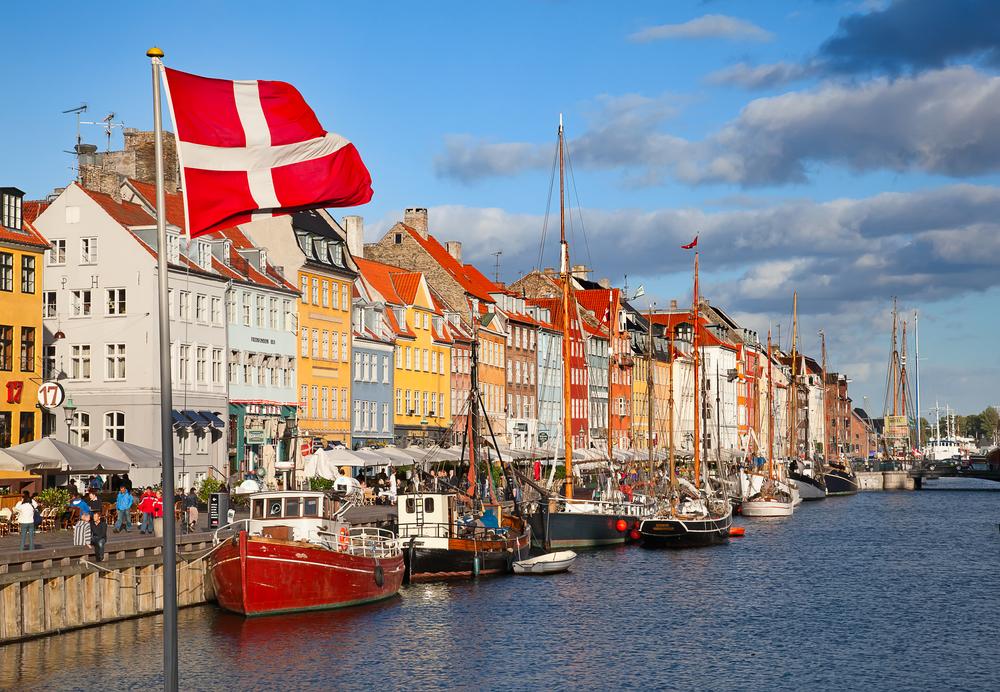The Year of Living Danishly by Helen Russell is the latest in a number of books written about the Nordics.
She follows in the footsteps of Guardian journalist Patrick Kingsley who spent a month in Denmark and concluded that the Danes are ‘Indignant and xenophobic’.
Unlike Kingsley – who only spent a month in Denmark before having the chutzpah to write a book entitled ‘How to be Danish‘ Russell actually lives in Denmark and is raising her children there, enabling her to give a more detailed account of the people and the intricacies of daily life.
The book starts off by telling the story of her life in London, with Russell facing the similar challenges to other Brits of a poor quality of life comprising of high rents, low salaries and pitiful houses for eye-watering sums.
Her husband – who she calls ‘Lego Man’ throughout the book – gets a job with the Danish toy giant in Billund, a small town in Jutland best known for being home to Lego.
The book details the various details of Danish life that can only be picked up by those that have spent significant time there. She notices for example when house-hunting that the Danes are obsessively clean, and that the efficient heating systems popular in Denmark means that few Danes go cold in winter.
As the Danes are famously a somewhat reserved nation, one of the advantages of living in a small town such as Billund is that people are ‘forced’ to get to know you, something much less likely to happen in Copenhagen.
She details many of the things she greatly admires about Denmark, such as the lack of any real economic inequality, a great cooking culture and a strong sense of community.
Indeed in the book she notes how different the UK is from Denmark, as in her new nation the relaxed culture means that people leave work early and are able to indulge in a number of hobbies. As she drily notes in the UK her ‘hobby’ after working another twelve-hour day was ‘watching TV’.
However as much as Russell admires the Danes she also touches on what may shock those who are unused to some striking cultural differences.
For example she notes that the Danes are unsentimental about animals, with the worldwide shock at the case of Marius – a giraffe put down and fed to lions as he he could not fit in with the other animals – a source of bemusement to the Danes.
She argues this is because Denmark is to a much greater extent an agricultural society where the rearing and slaughter of animals is considered part of life.
Another example she gives is what could be seen as the downside to a society where men and women are encouraged to be treated exactly the same – men are not socialised to avoid hitting women as they are seen as equals.
Such is the explanation she arrives at after talking to Danish social scientists to try and discover why Denmark has the highest level of domestic violence in Europe, a particular surprise given it is considered one of the most gender-equal societies in the world.
Russell’s book was written prior to the tragic events in Copenhagen and one criticism of the book is that Russell doesn’t really touch on one key the issues it has had with its Muslim population and the rising backlash in the nation against immigration to the tiny nation from the Islamic world.
The book is extremely funny and contains a number of brilliant quips regarding the minutiae. Russell clearly loves her adopted country but despite this she recognises that it is not without flaws.
The fact that she lives in a relatively remote town means that she is able to mix at numerous social events with Danish friends and look at the country from the perspective of someone that spends every moment of their waking day there, giving it an extra layer of insight.
